Cohort 1 Grantees
These rural school districts and charter schools are doing exciting work to bring more local products into school meals, and we look forward to learning with them as they nurture their local partnerships!

ALASKA
Petersburg Borough School District
Growing Together: Enhancing School Nutrition through Farm Collaborations and Innovative Transportation Solutions in Southeast Alaska
Petersburg Borough is an island community in central Southeast Alaska serving 400+ students. The community relies on seafood and wild game, both of which are features of the school lunch menu. However, the district struggles with food availability because the town depends on delivery by a barge service in Seattle. They aim to source more food locally through a partnership with Farragut Farms, and to build a food system through regional networking. The project will include: collaborating with farmers to identify barriers to procurement and opportunities for success; hosting listening sessions at the Alaska School Nutrition Association conference and Southeast Alaska Farmer’s Summit to strengthen and expand partnerships with Alaskan farmers and producers; providing training opportunities for staff to learn ways to utilize produce; and developing resources to help strengthen local procurement programs in Alaska.
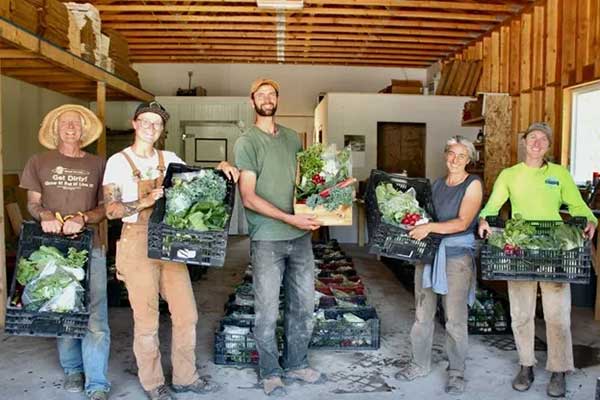
CALIFORNIA
Nevada City School of the Arts (NCSA)
NCSA’s Nourish Collective
Nevada City is a town of 3,000 residents in California’s Sierra Nevada mountains. This charter school’s project seeks to enhance local partnerships to address logistical challenges and develop new relationships within California’s farming community to expand purchasing and strengthen the local economy. Planned activities include: collaborating with local farmers for crop planning; increasing nutrition and watershed education; organizing on-campus farmers’ markets at school; visiting local farms; and hosting cooking lessons with guest chefs.

CALIFORNIA
Yosemite Unified School District
Improving School Meals through Farm to Fork
Yosemite School District serves students from the rural community of Oakhurst, in California’s Sierra Nevada foothills. The nutrition director seeks to incorporate more locally grown foods into the district’s meal programs, and to promote and introduce new farmers, growers, and producers through networking with other districts and organizations. Procurement policies will be revised to prioritize local producers. Students will have opportunities to meet agricultural partners and learn where their food comes from. Novel partnerships are proposed, including with local ranchers and a local honeybee farmer.

CALIFORNIA
Yuba Environmental Science (YES) Charter Academy
The YES Community Project
This charter school has a bold and innovative vision for the school to become a central hub of agricultural activity and provide a physical location and basic infrastructure for local farmers and aggregators to find operational solutions. The YES Community Project aims to establish a local food system by integrating local farmers fully into the school and community. The project includes various activities such as designing a seasonal menu of scratch-cooked meals highlighting regional products, and sourcing as much food as possible from farmers, ranchers, and aggregators within a hyper-local 10-mile radius. The project will mentor farmers about how to work with schools on packaging, marketing, and administration. Multiple partners are engaged in the work, including the Yuba Foothills Agricultural Association; Sutter County Museum; Glimmering Rainbow Bison Ranch; and the California Department of Food and Agriculture.
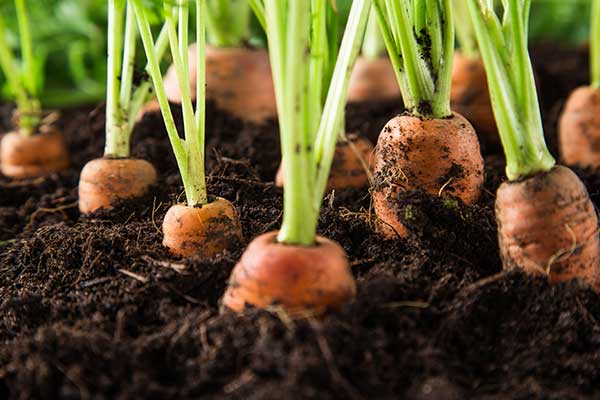
IDAHO
Gooding Joint School District
Locally Sourced, Community Strong: Elevating School Meals for a Sustainable Tomorrow
Gooding School District serves a rural farming community in Idaho’s Magic Valley. The district’s child nutrition program aims to increase student access to locally grown and Idaho-grown foods, with a target of increasing the use of Idaho-sourced items by 75 percent. Additional goals include increasing student participation in school meals. The district will implement marketing strategies for a comprehensive cafeteria rebranding and to increase public awareness of the school nutrition program. Key partners include the statewide organization Dairy West and local growers. The project activities include: establishing and strengthening community and industry partnerships; increasing scratch-based cooking through recipe reformulation and development; providing specialized culinary training for staff; and hosting community events.
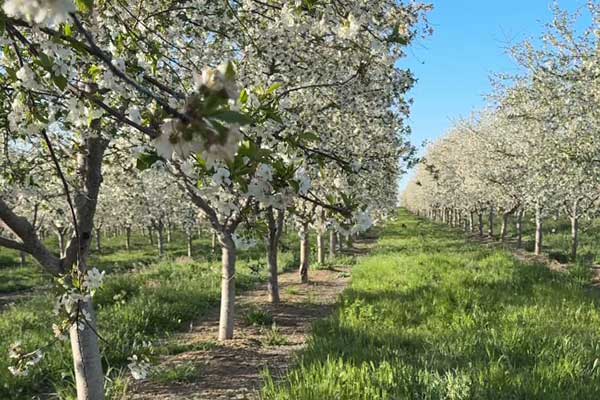
IDAHO
Marsing School District
Homegrown for Healthy Roots: A Regional School Food System
Marsing is an agriculturally rich community in Idaho’s western Treasure Valley, home to multiple small family farmers and ranchers with whom the district will build partnerships. The district’s child nutrition director also leads the Treasure Valley Cooperative, a food purchasing co-op including more than 40 districts and charter schools, Boys and Girls Clubs, and juvenile centers. The project aims to establish sustainable infrastructure between the district and the purchasing cooperative and small local producers, resulting in lessons learned that can apply to rural agricultural communities elsewhere. Activities include: establishing community and industry partnerships; increasing scratch cooking; providing culinary training for staff; and hosting community events.
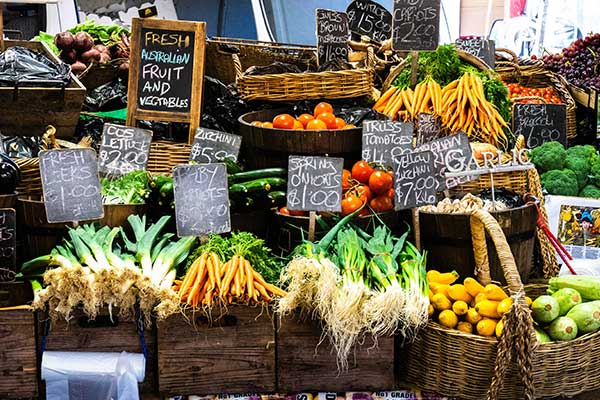
IOWA
Eastern Allamakee Community School District
Health is Kee
This school district serves two small rural towns in Iowa, with most of the land being farms or mountain bluffs. The district’s child nutrition program will embark on a comprehensive marketing and community engagement initiative, actively involving students and the community. Central to the initiative is the “Health Is Kee” campaign, which will promote healthy lifestyles and locally grown foods. The district will integrate innovative technology into their meal program, enabling the tracking of food options and student preferences, and supporting the goal of incorporating more scratch cooking into meal preparation. The project will expand partnerships with local farms and the Lansing Farmer’s Market.
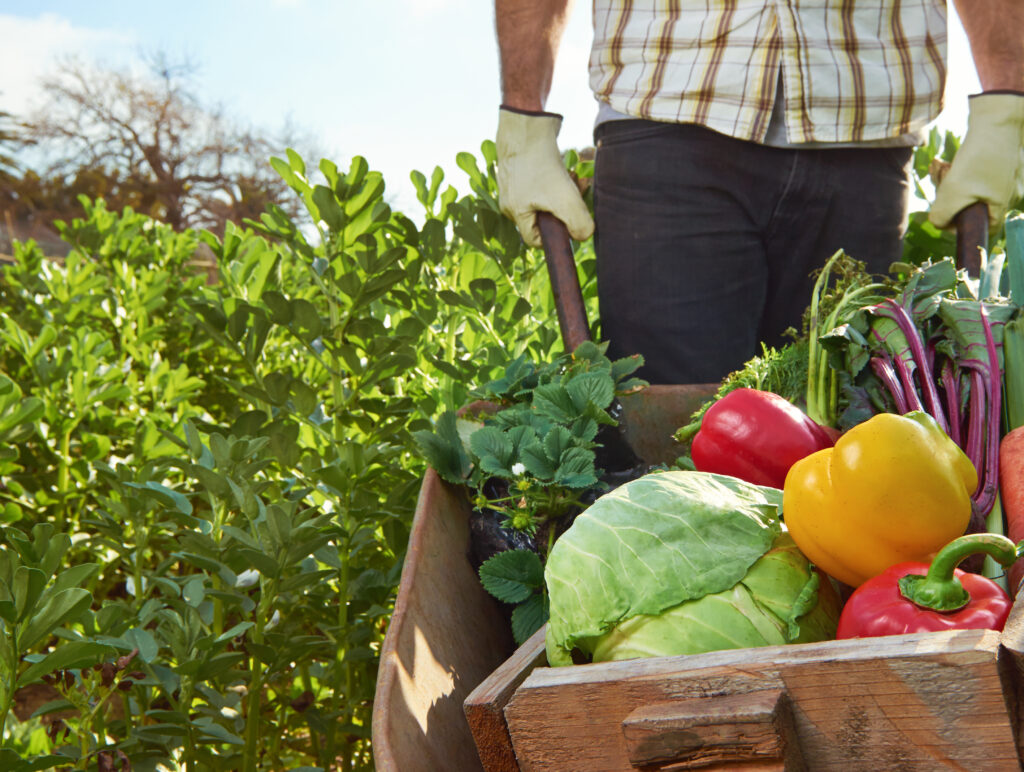
NEW YORK
Attica Central School District
Growing Minds with Attica Meals
This school district serves a rural farming community in western New York state. The district aims to purchase 40 percent or more of products from small local growers, including 10 percent from socially disadvantaged farmers. Partners include the Cornell Cooperative Extension and Merle’s Fresh Produce. The project proposes to improve school meals through: continued and increased purchasing of local products for use in school meals; connections to growers; training for school personnel; and expanded gardening education, activities, and projects.
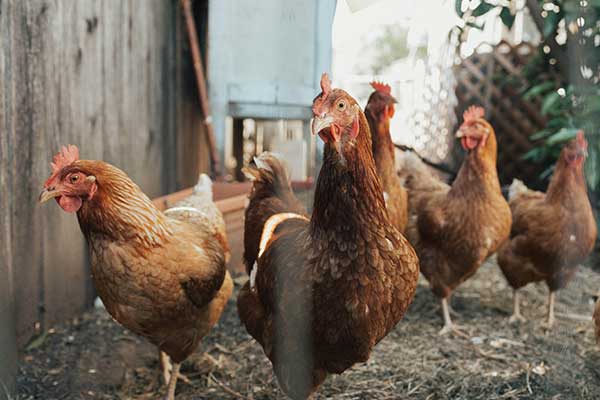
NEW YORK
Springville Griffith Institute
Harvest to Plate, Farm to Cafeteria, Meat Processing Project
Springville Griffith Institute serves 1,800 students from five small towns in a rural area of western New York State. This district will focus on purchasing raw and whole animal proteins from local farms. Presently, 42 percent of the school district’s food budget is allocated for meat; however, none of it is obtained from local farms. Their goal is to procure 10 percent of their meat supply from local farms by the end of the grant period. The purchased meat will be processed, stored, and prepared in the district’s own kitchens. They will partner with Cornell Cooperative Extension on these efforts.
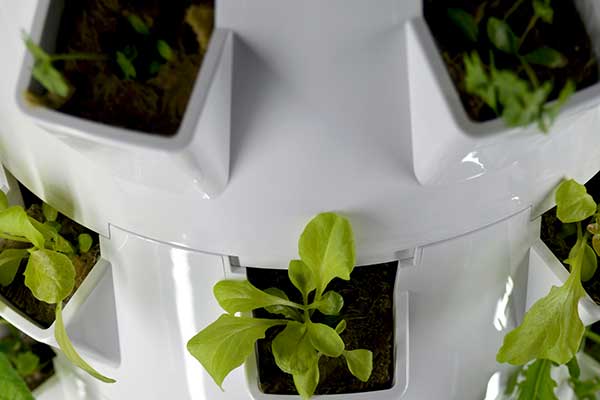
RHODE ISLAND
Chariho Regional School District
Growing Together: Empowering Schools and Communities to Connect with Local Food Systems
Chariho Regional School District is the most geographically dispersed school district in Rhode Island. Chariho is located in Washington County, known for its farming roots, with the highest percentage of agricultural sales in the state. Partnerships include family-owned farms and markets, a local museum, food hub, community food pantry, and several coalitions. The district also contracts with a food service management company, which is a committed partner focused on increasing local procurement, including ocean-focused products in school meals. Key strategies include incorporating food growing and harvesting in the classroom with hydroponic towers; exploring how to increase the shelf life of locally farmed products through the use of dehydrators; hosting family education/community connections with District Farmers Markets; and supporting dozens of paid high school interns across nine CHARIHOtech’s pathways, which focus on directly connecting them to local farms and food systems.
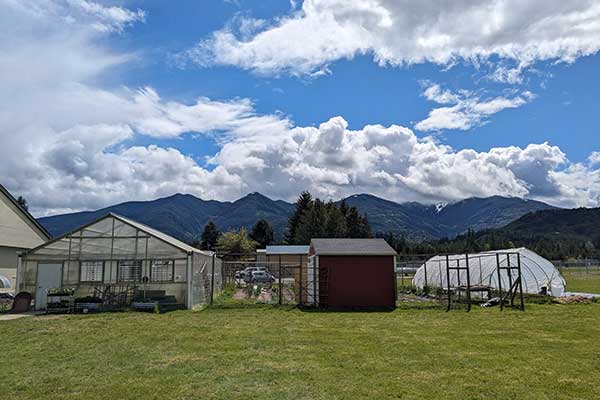
WASHINGTON
Concrete School District
Teaching and Feeding Students with Local, Seasonal Agriculture
Concrete School District serves eastern Skagit County in Washington State. The upriver community is the most rural and remote region in Skagit County, but just 30 miles downriver is some of the most productive soil in the world, and a diverse agricultural community that produces over 90 different crops valued at over $350 million annually. Recognizing the juxtaposition of this agricultural bounty to the limited options available at the one local grocery store in town, the district is partnering with United General District 304 to connect students and families with locally grown, healthy food. The project will leverage existing partnerships with farmers and distributors in Skagit County, and establish new partnerships. Goals and activities include: increasing local food procurement; strengthening local purchasing relationships; increasing the number of local ingredients and scratch-made meals in the cafeteria; and providing ongoing communications and education to promote farm initiatives.

WASHINGTON
Inchelium School District
Tribal Tastes: Celebrating Indigenous Cuisine in School Cafeterias
The Inchelium School District is situated on the Confederated Tribes of the Colville Reservation, with a majority of students being Tribal members. The district will partner with the Northeast Washington Education Service District to provide students opportunities to celebrate their heritage, and incorporate traditional foods into school meals. To achieve this goal, they plan to: work with existing partners and establish new partnerships with a local farmer-owned food hub to improve the nutrition quality of their menu; develop a food delivery program in collaboration with local growers; enhance their capacity to procure and make scratch-based meals; and work with local authorities to allow game meat in meals.
